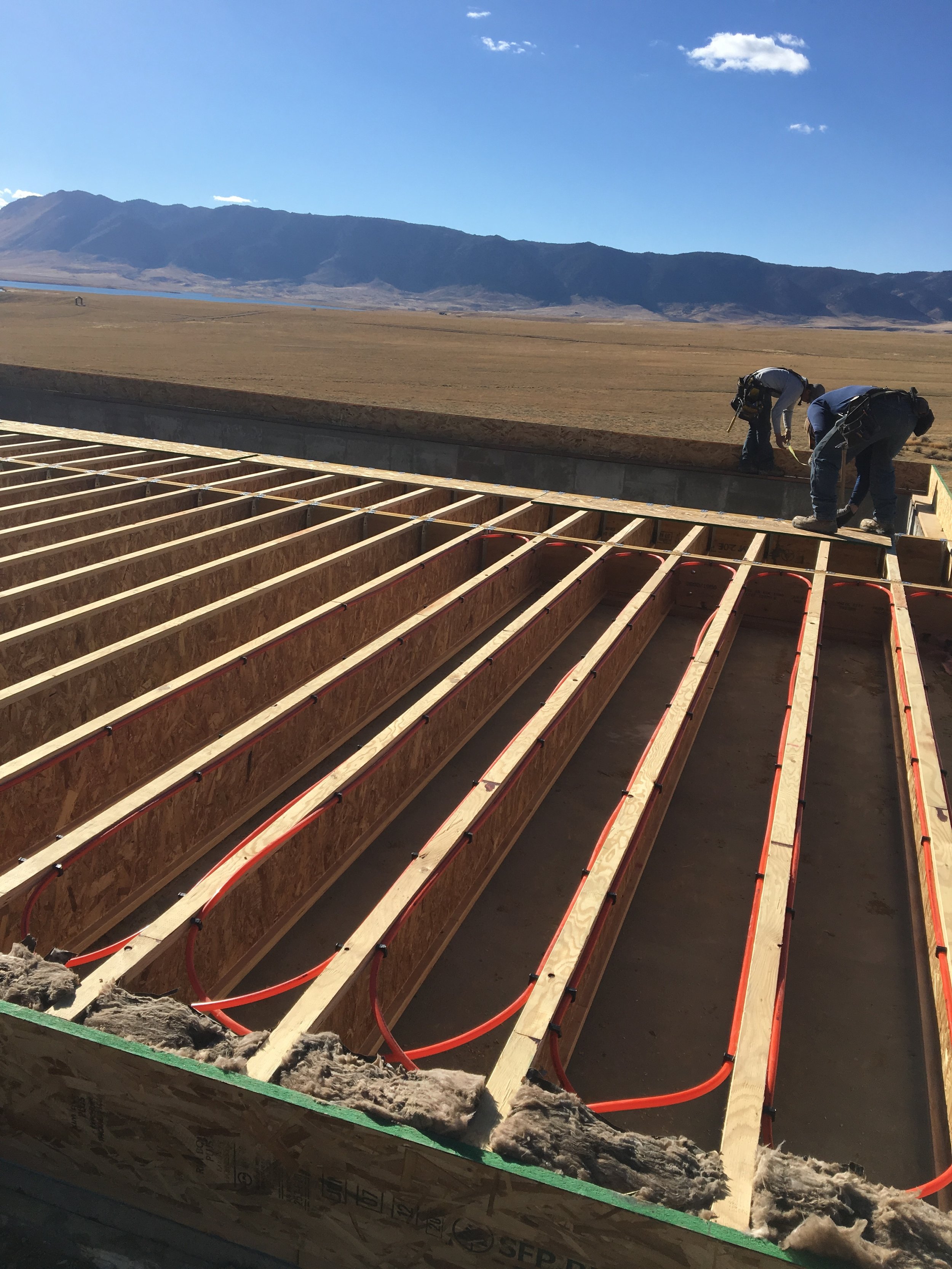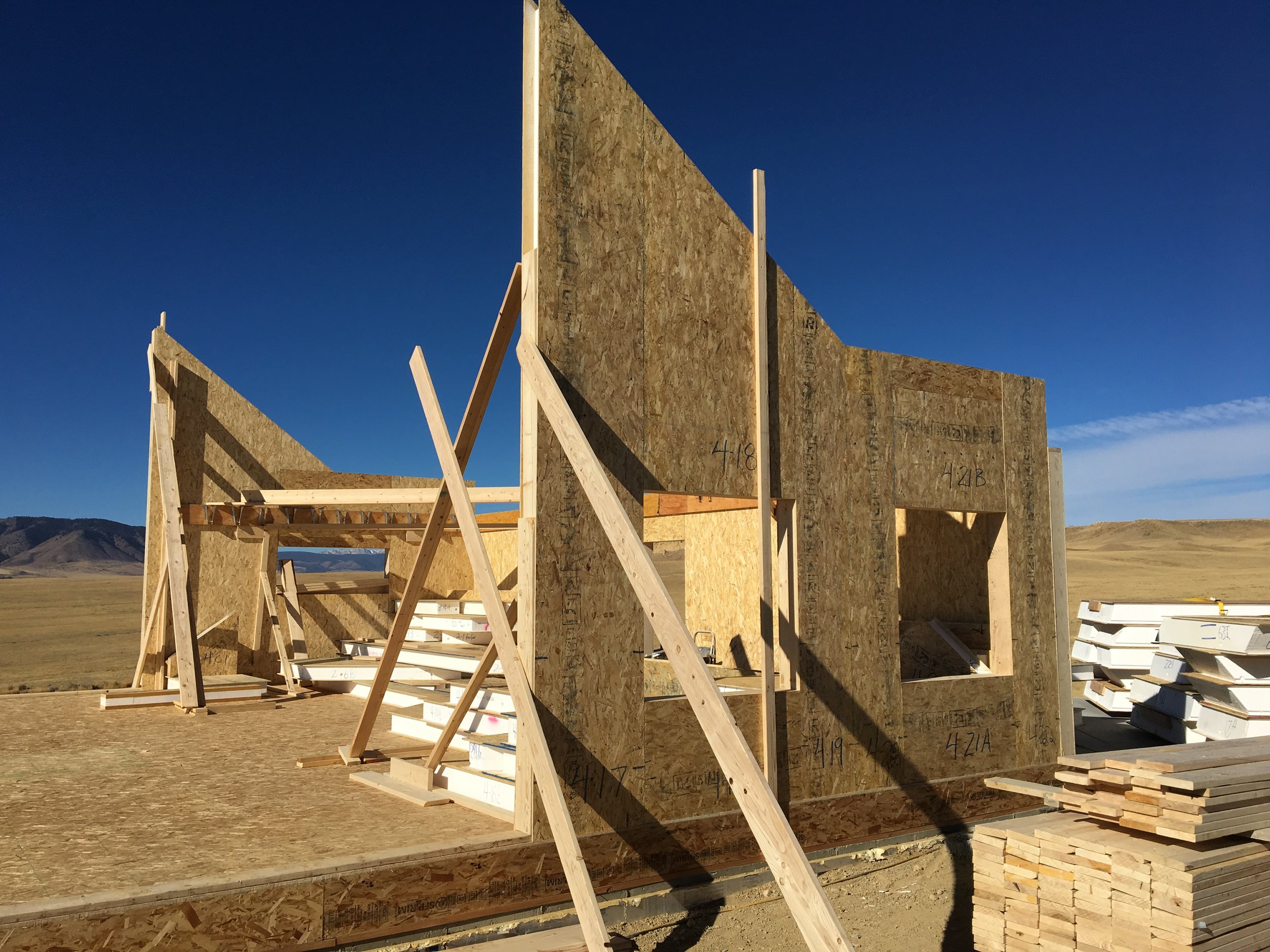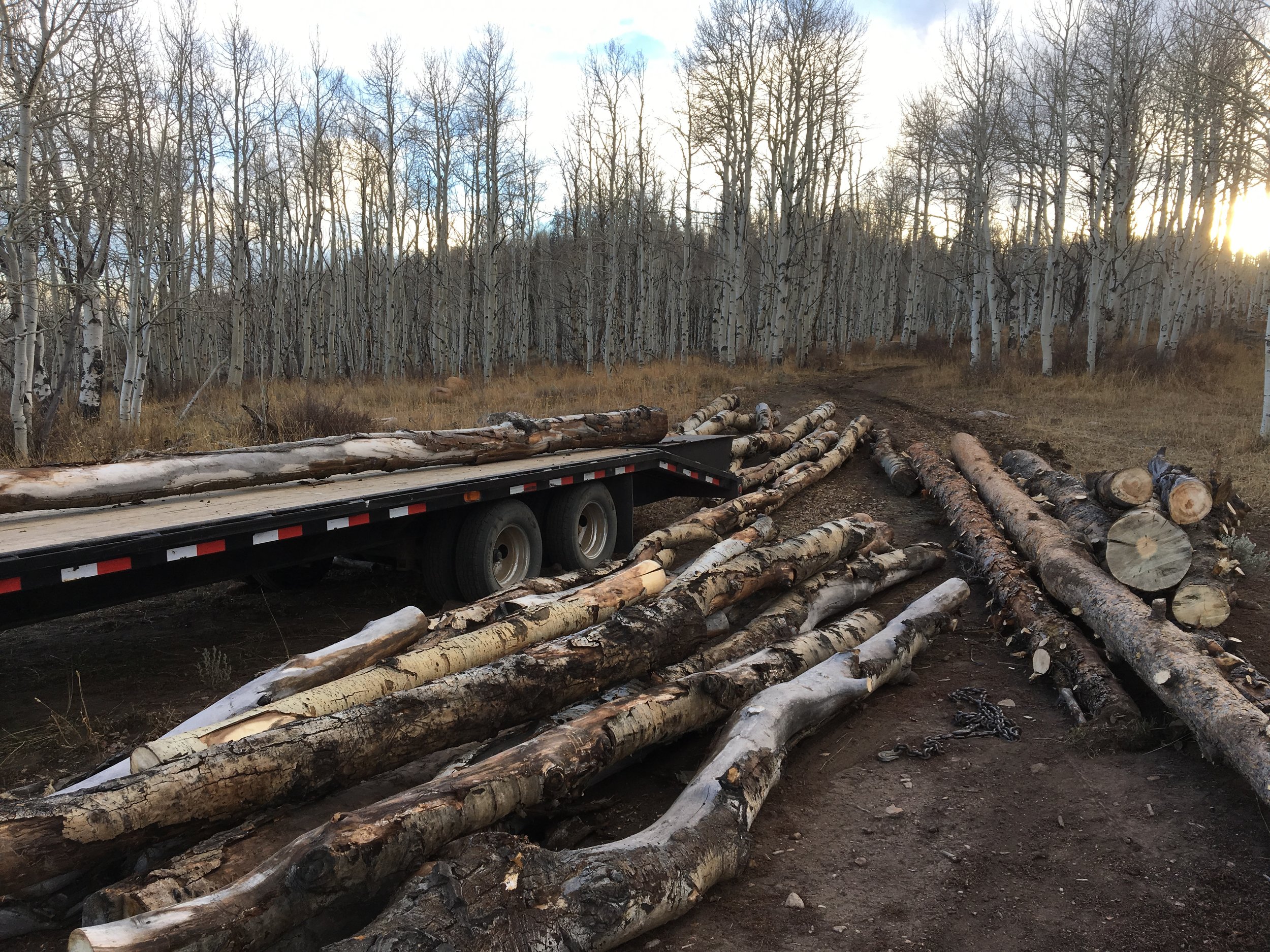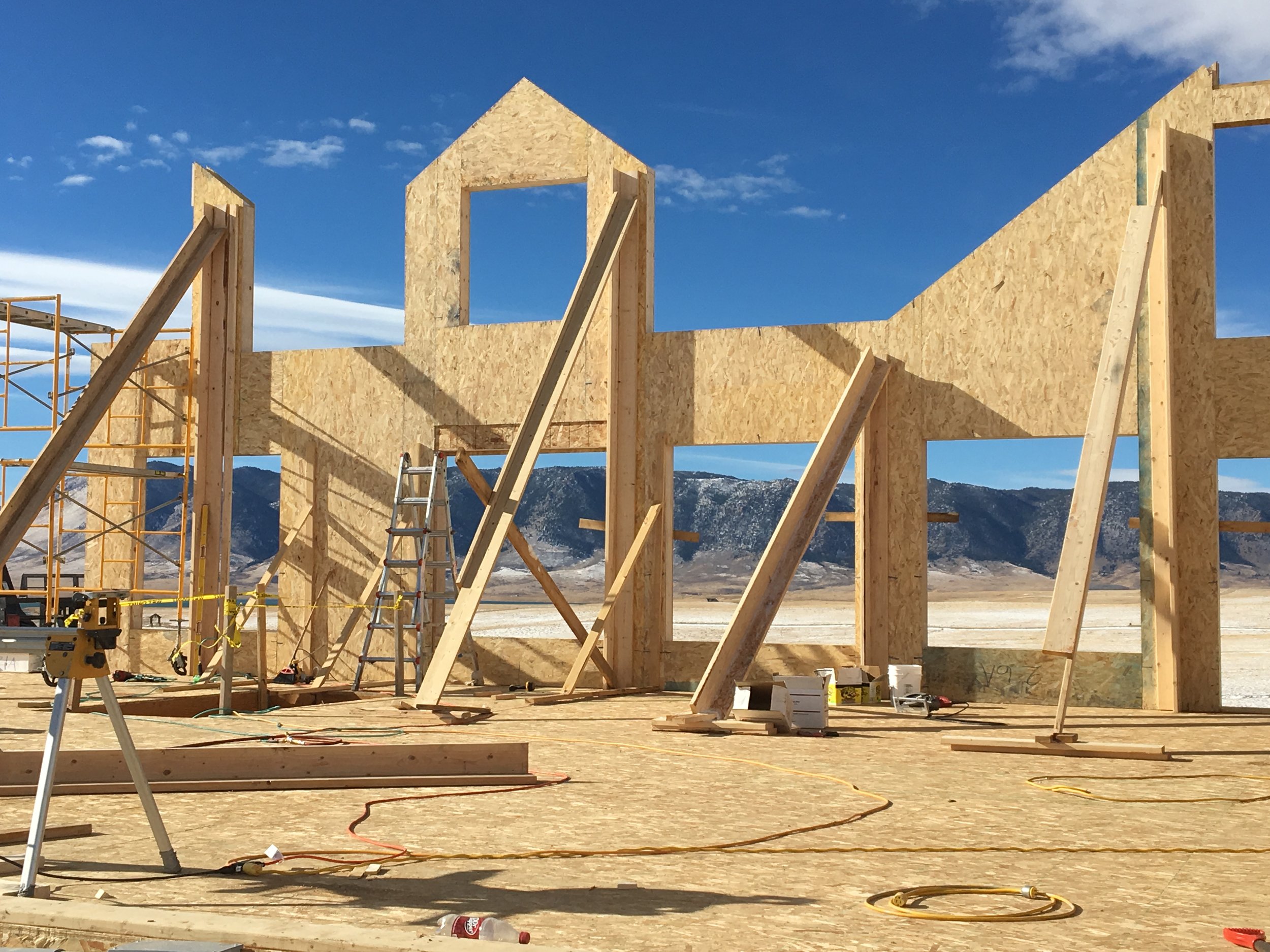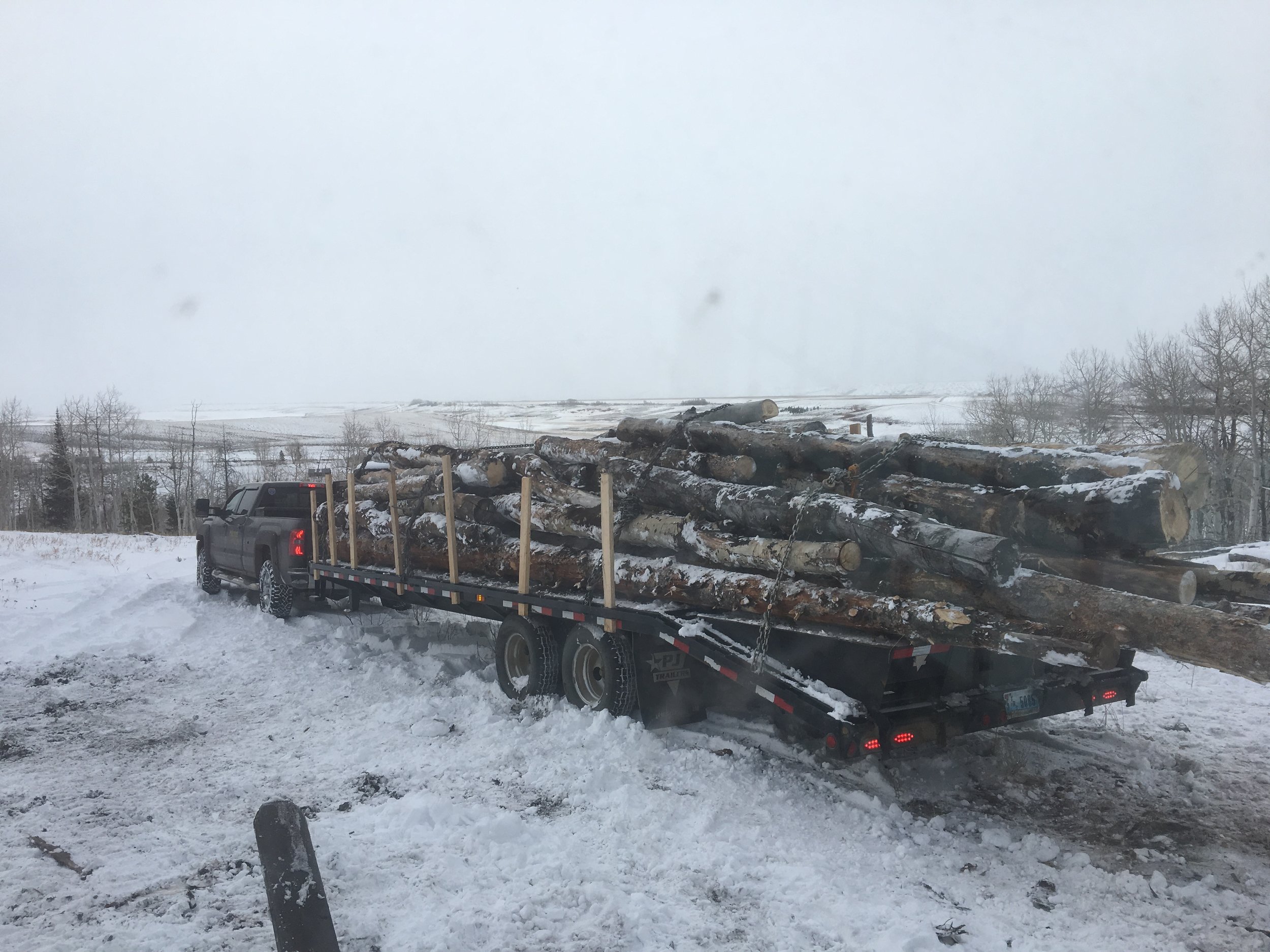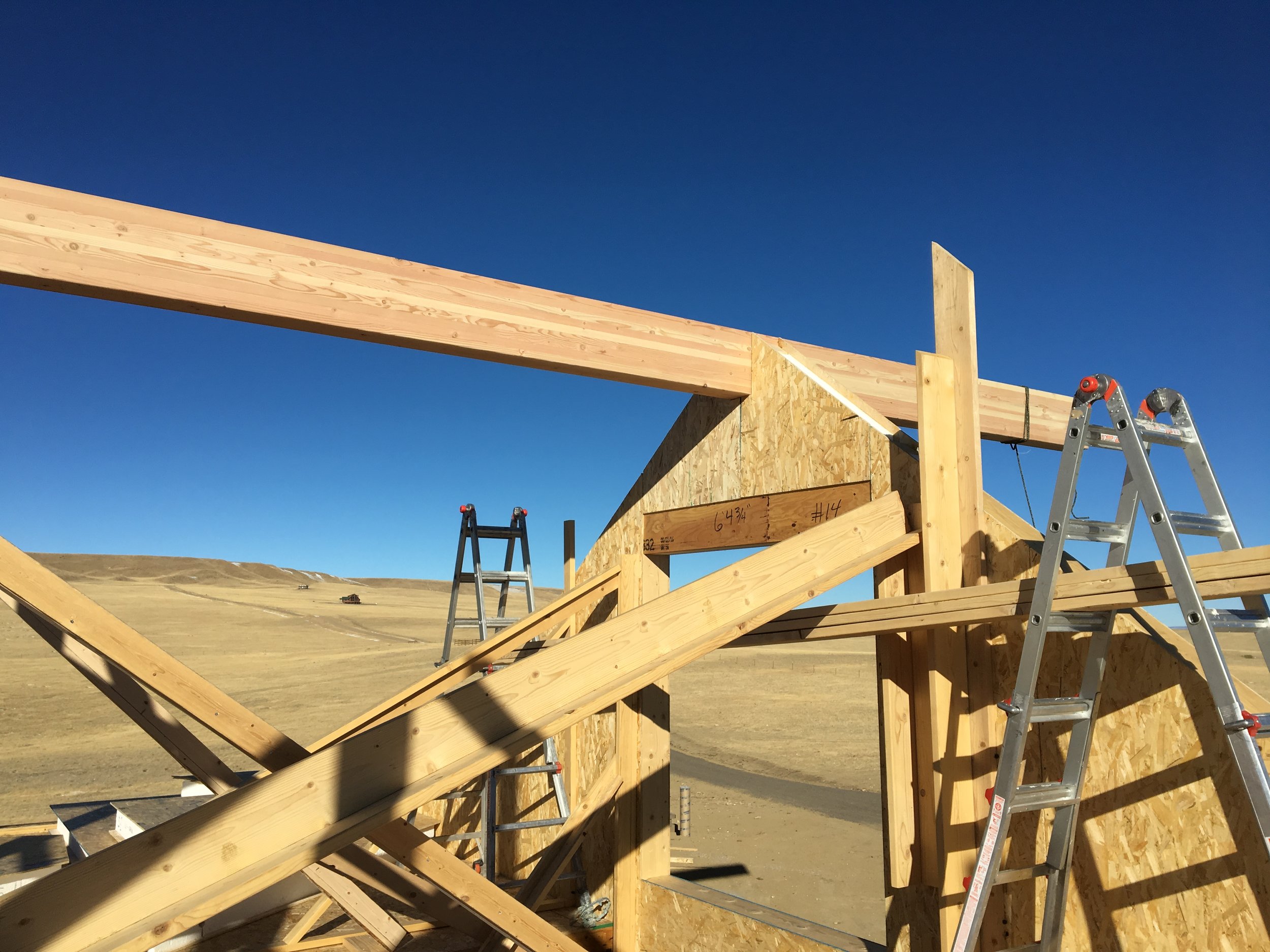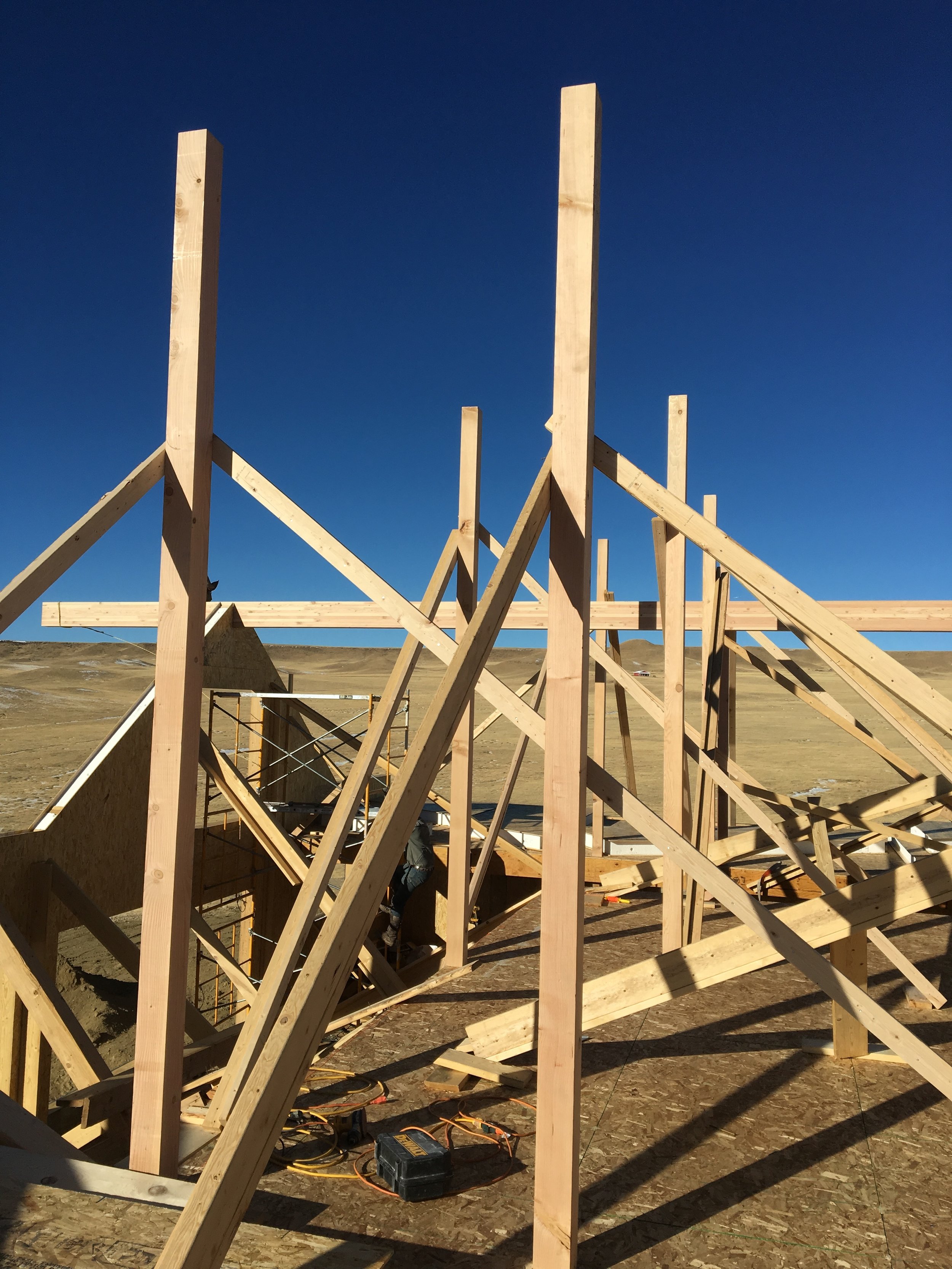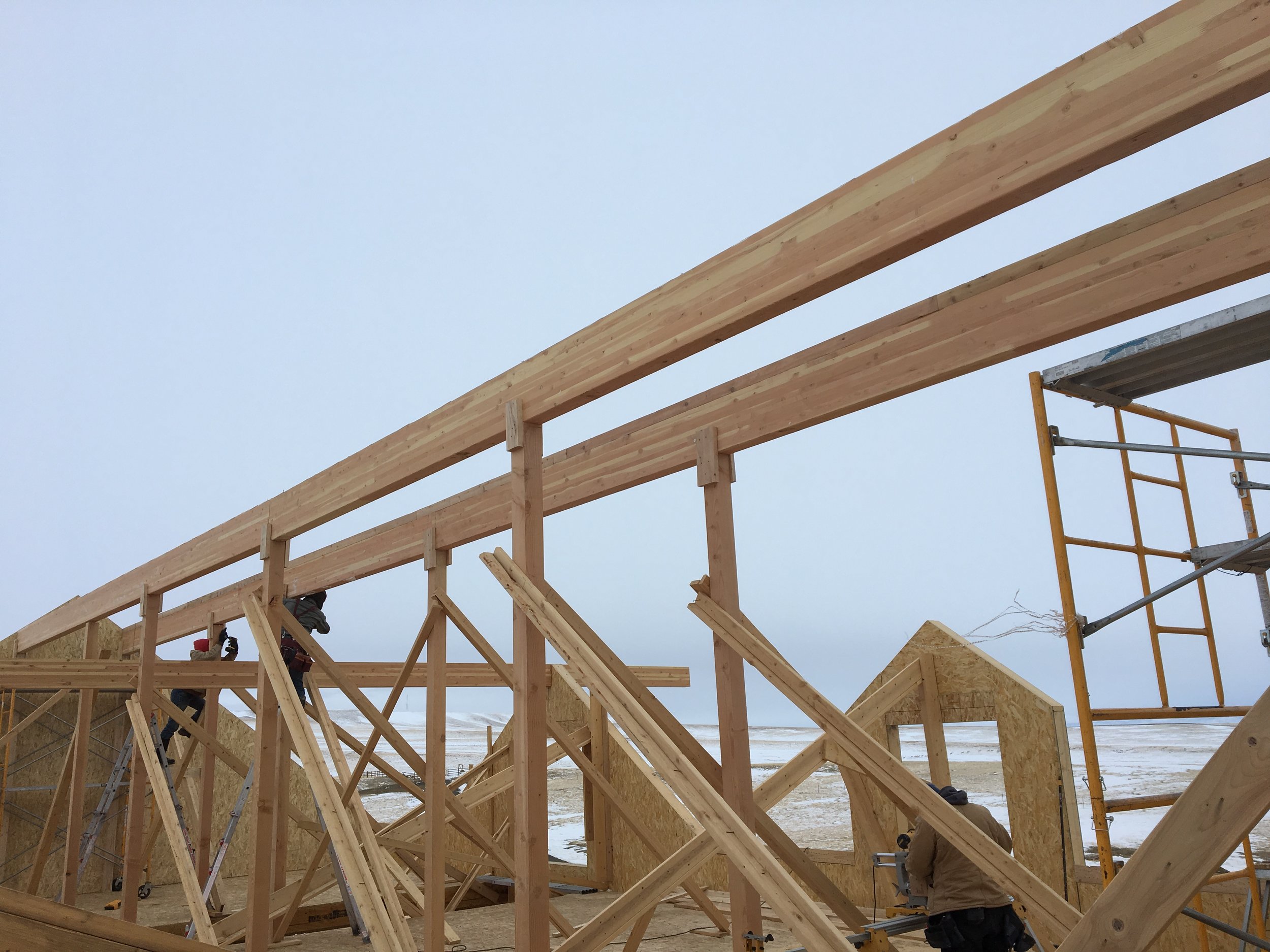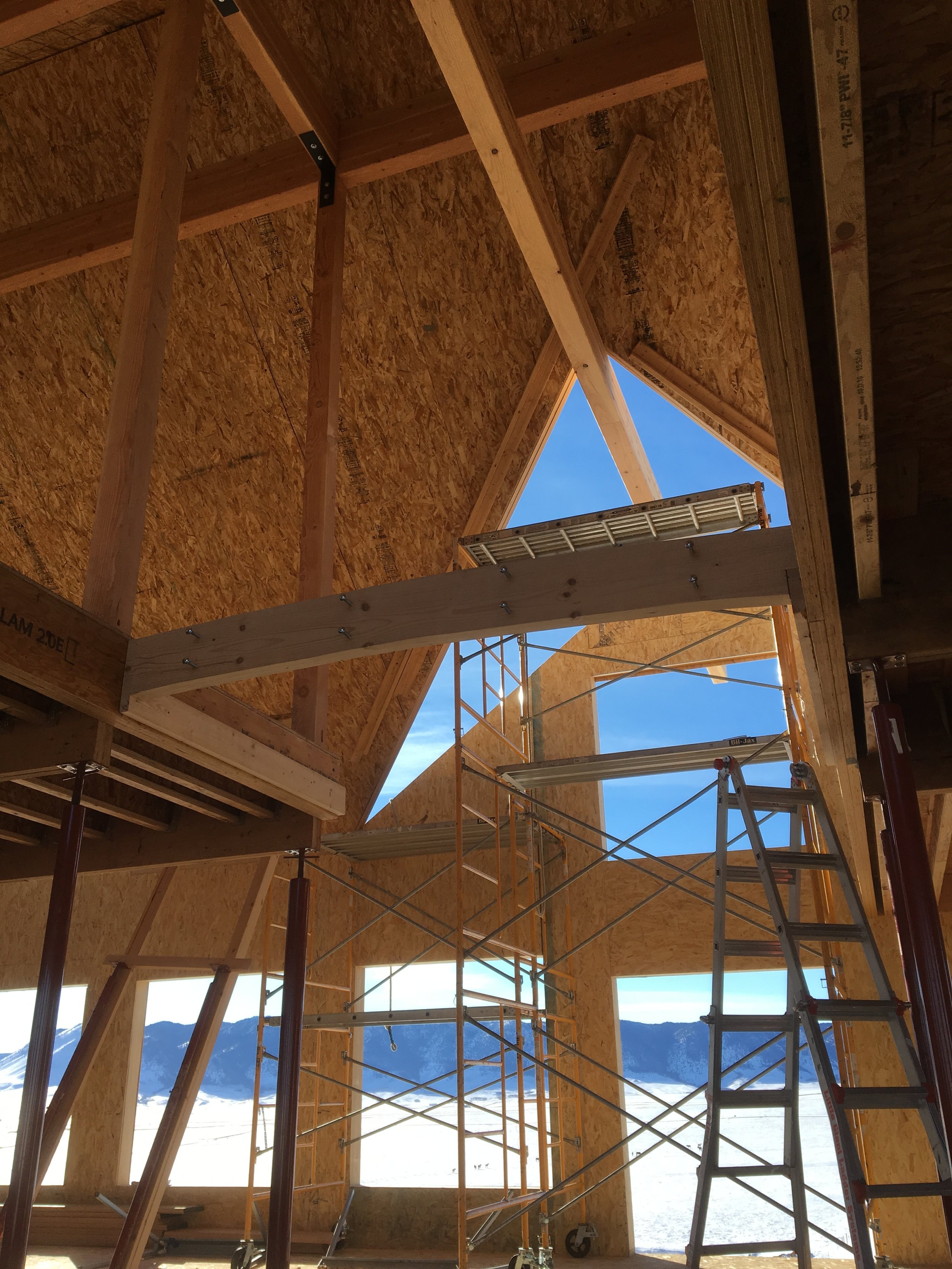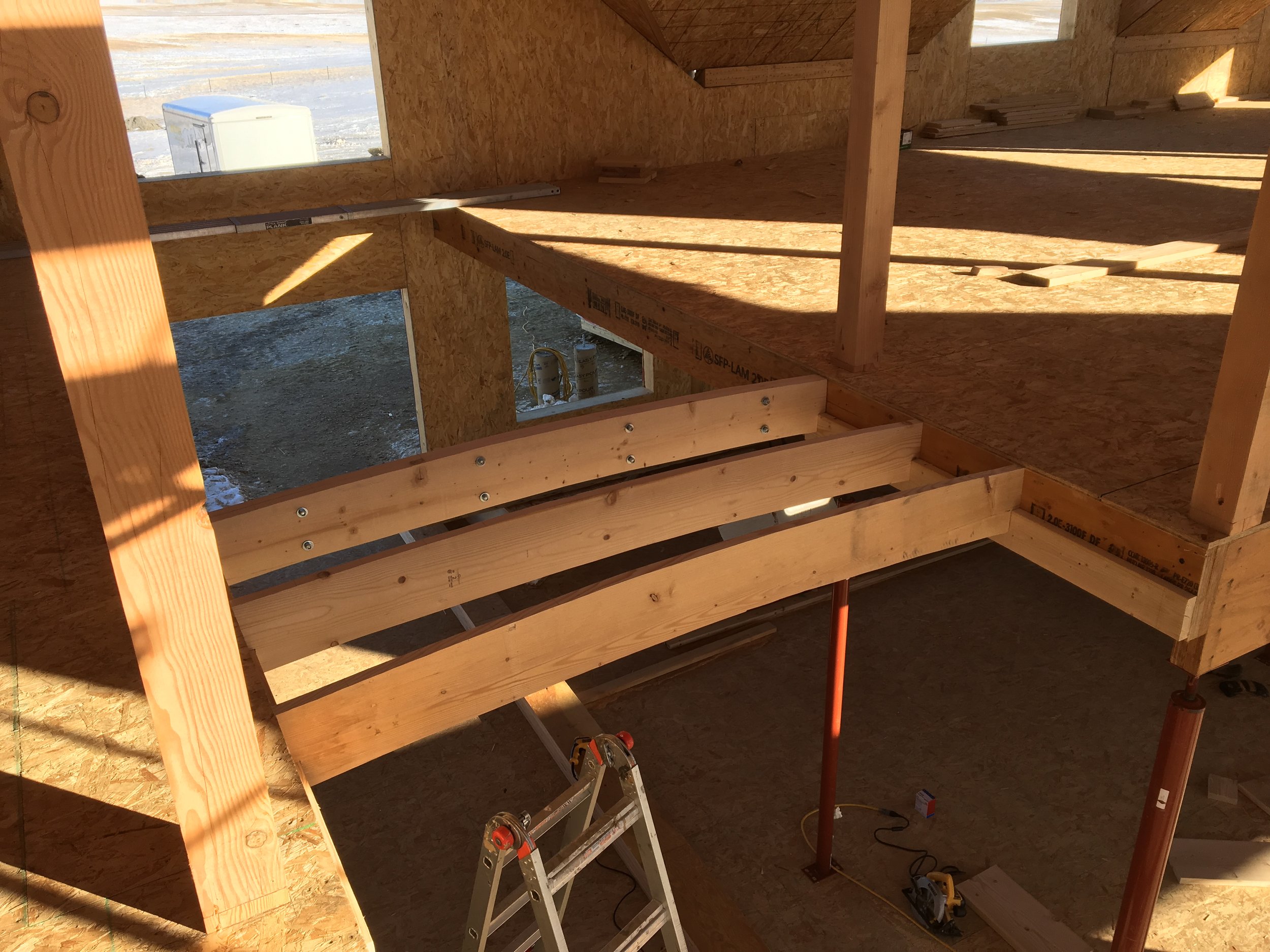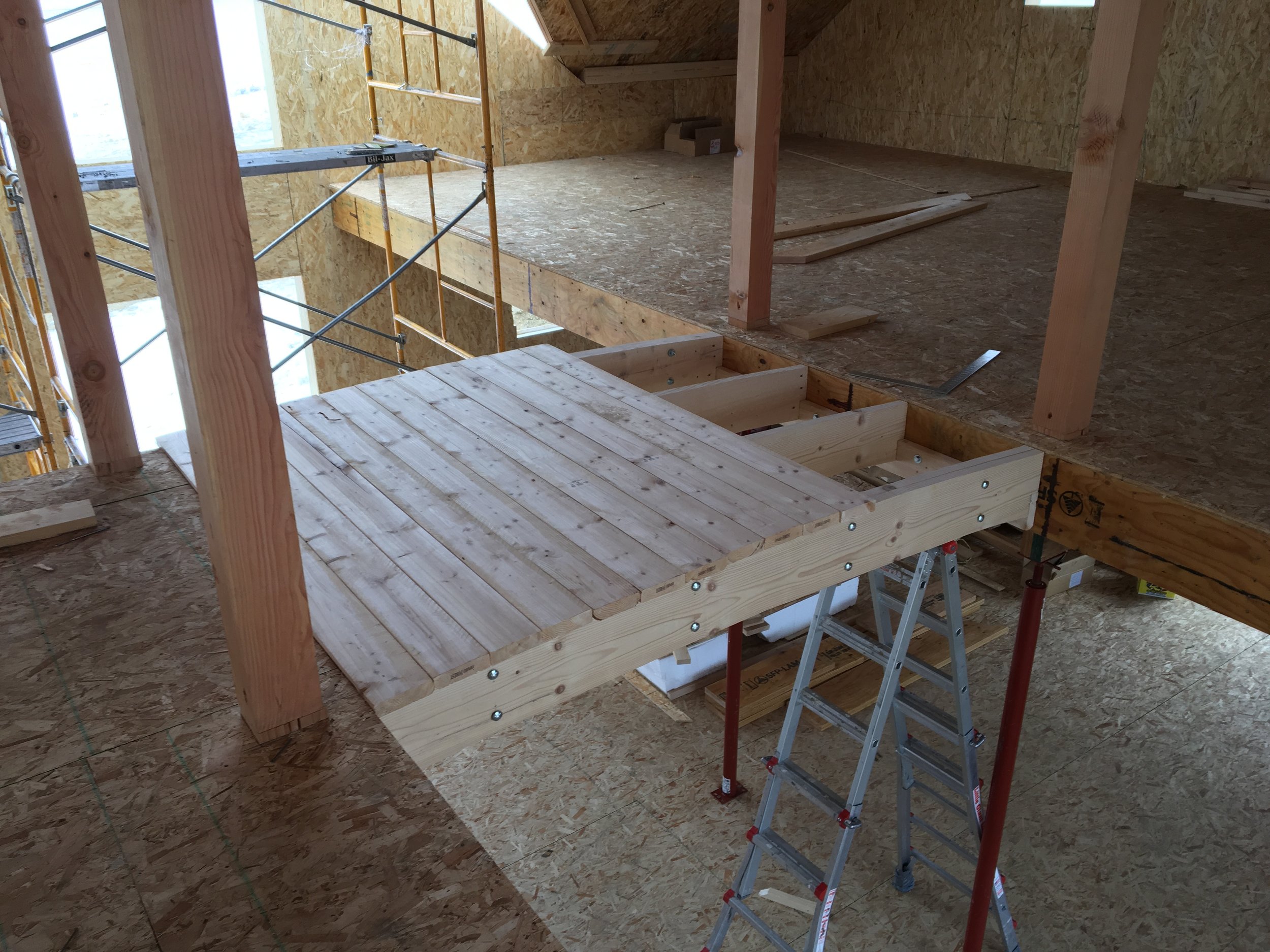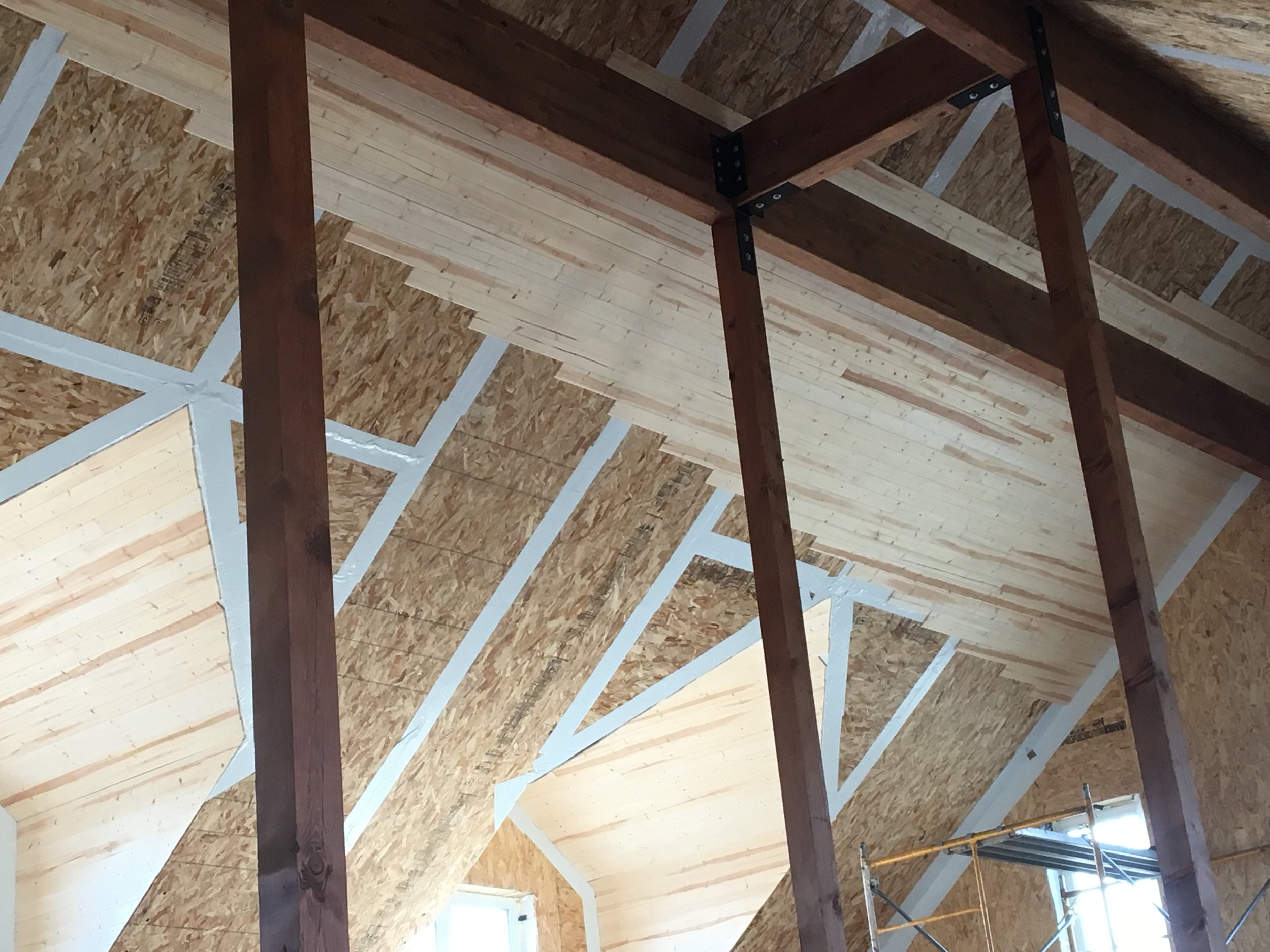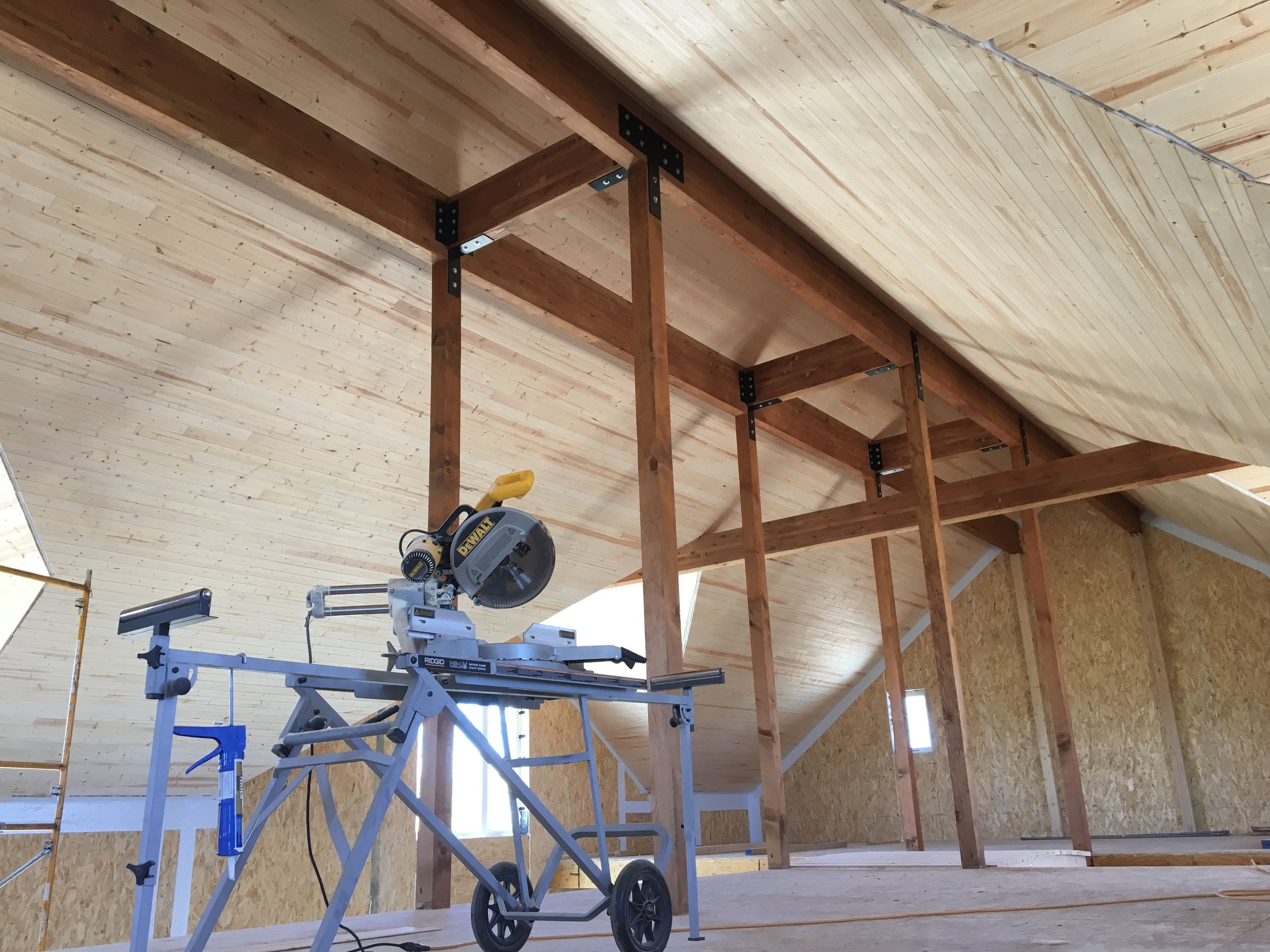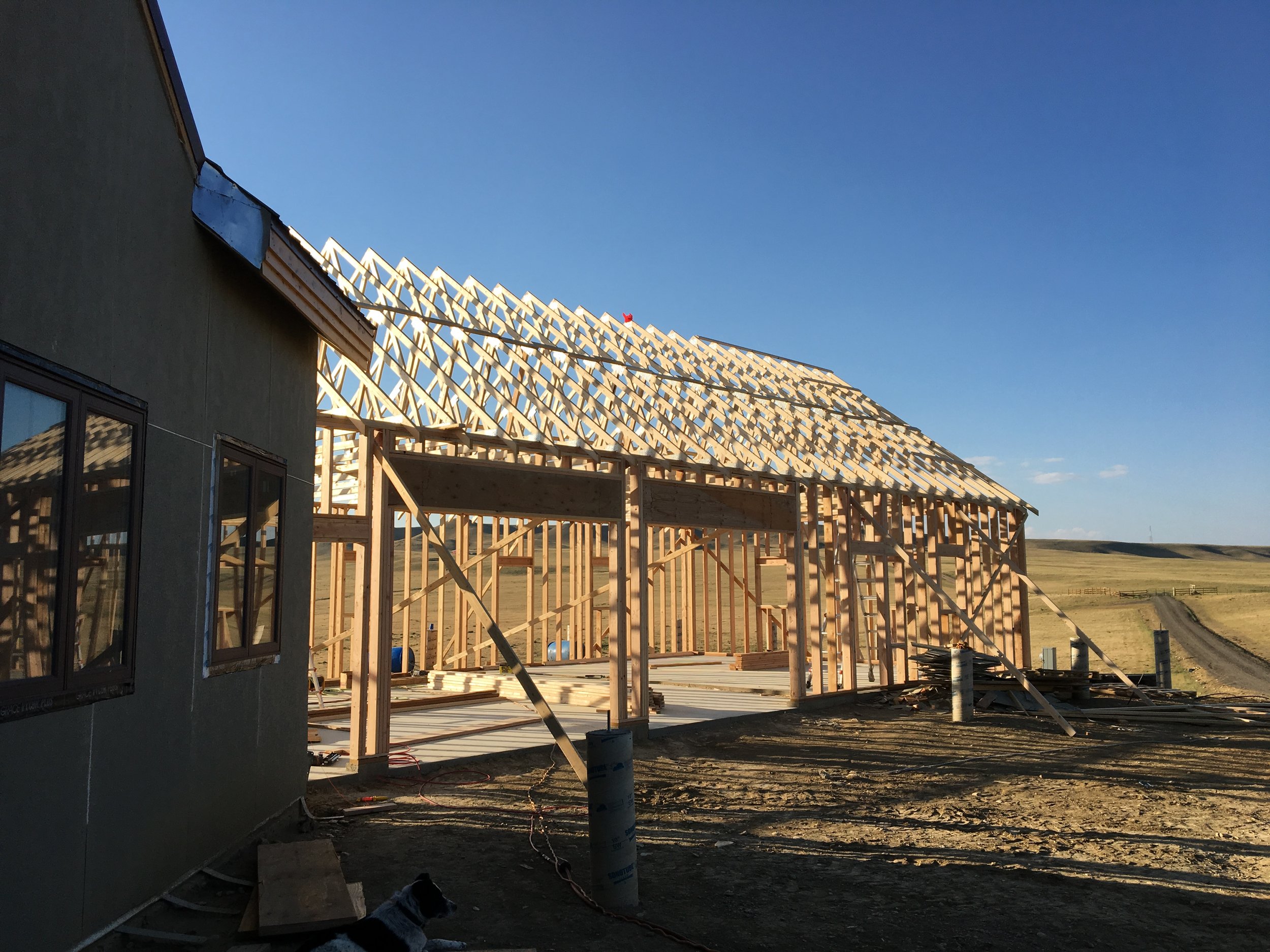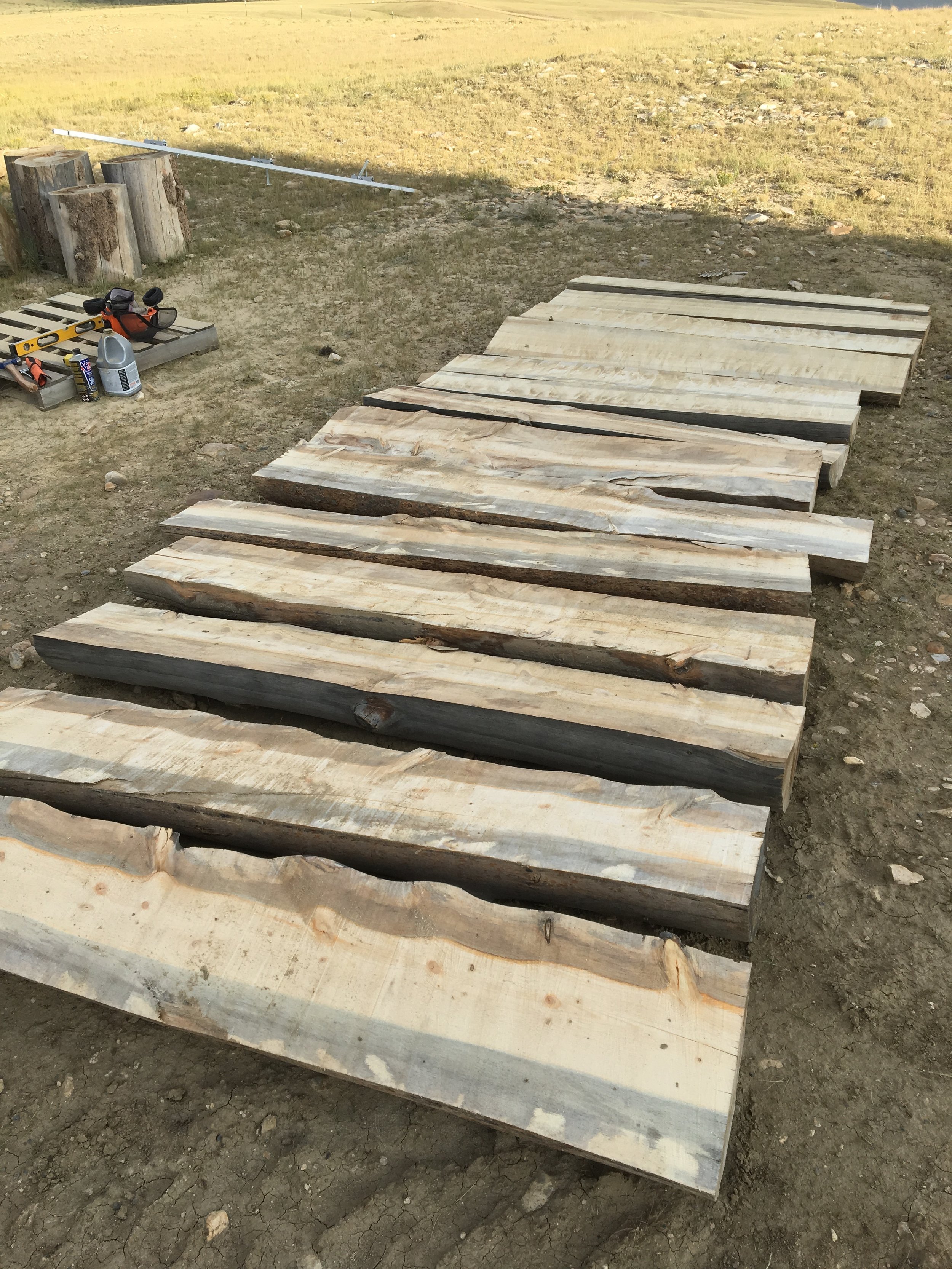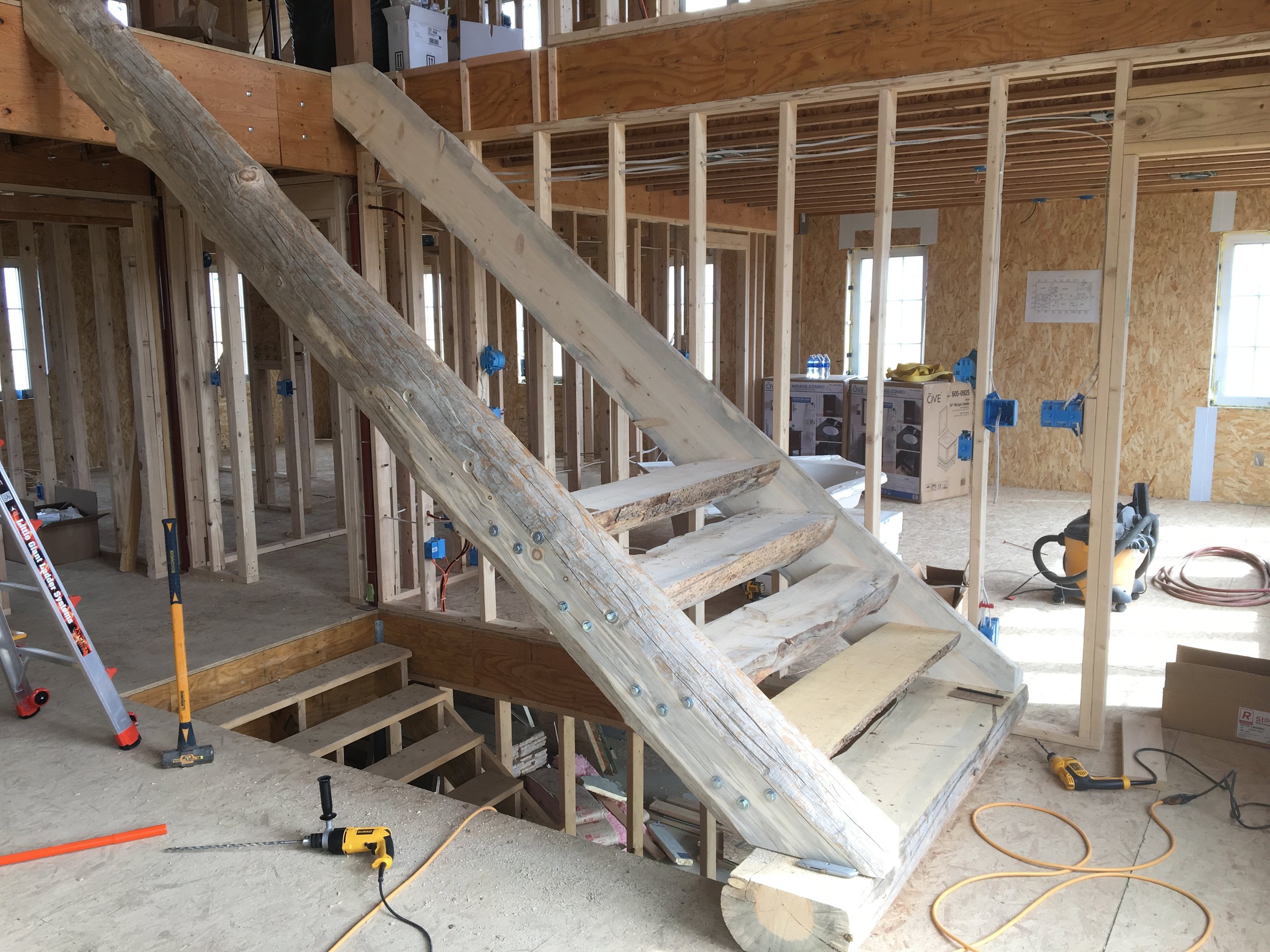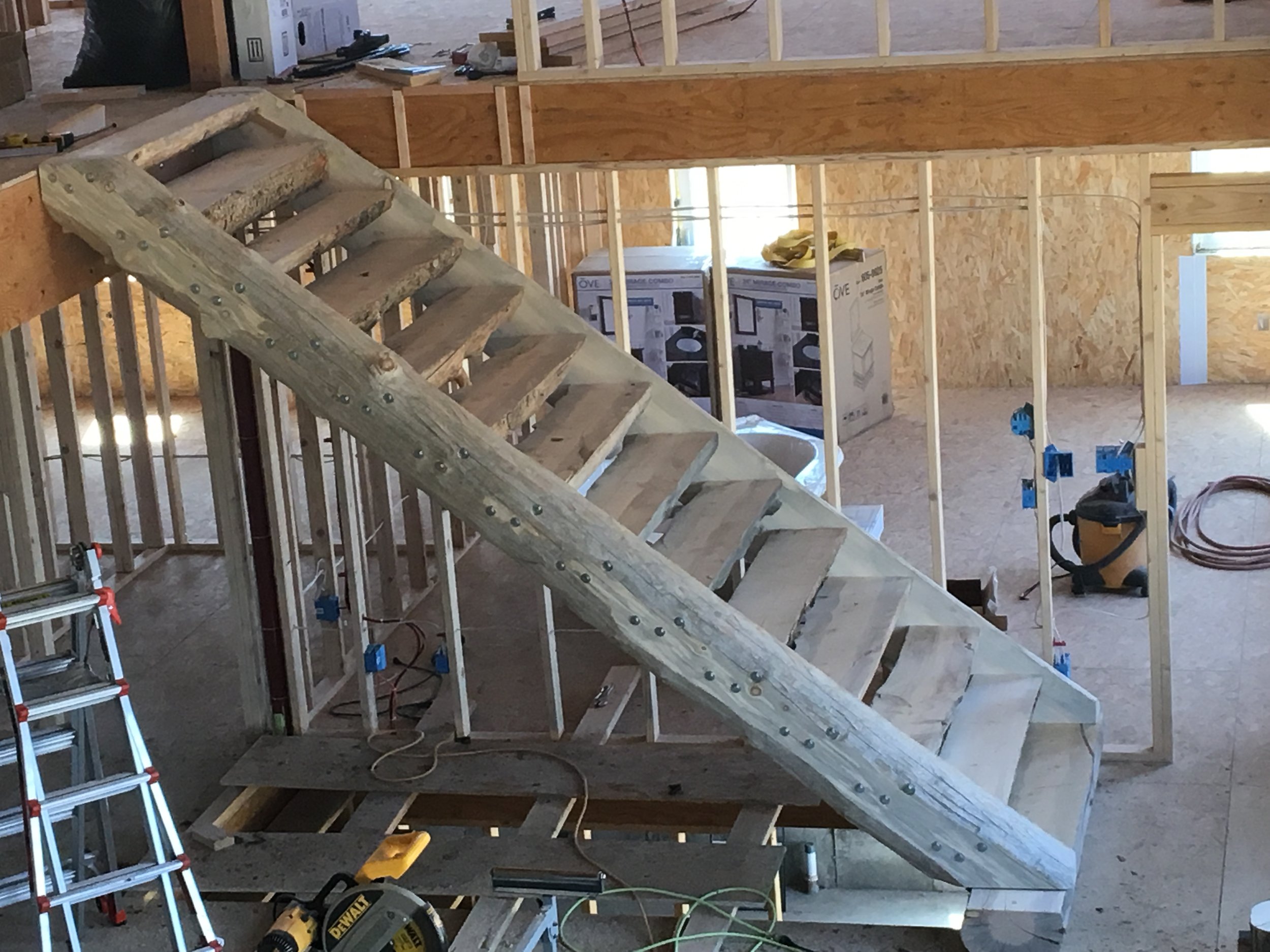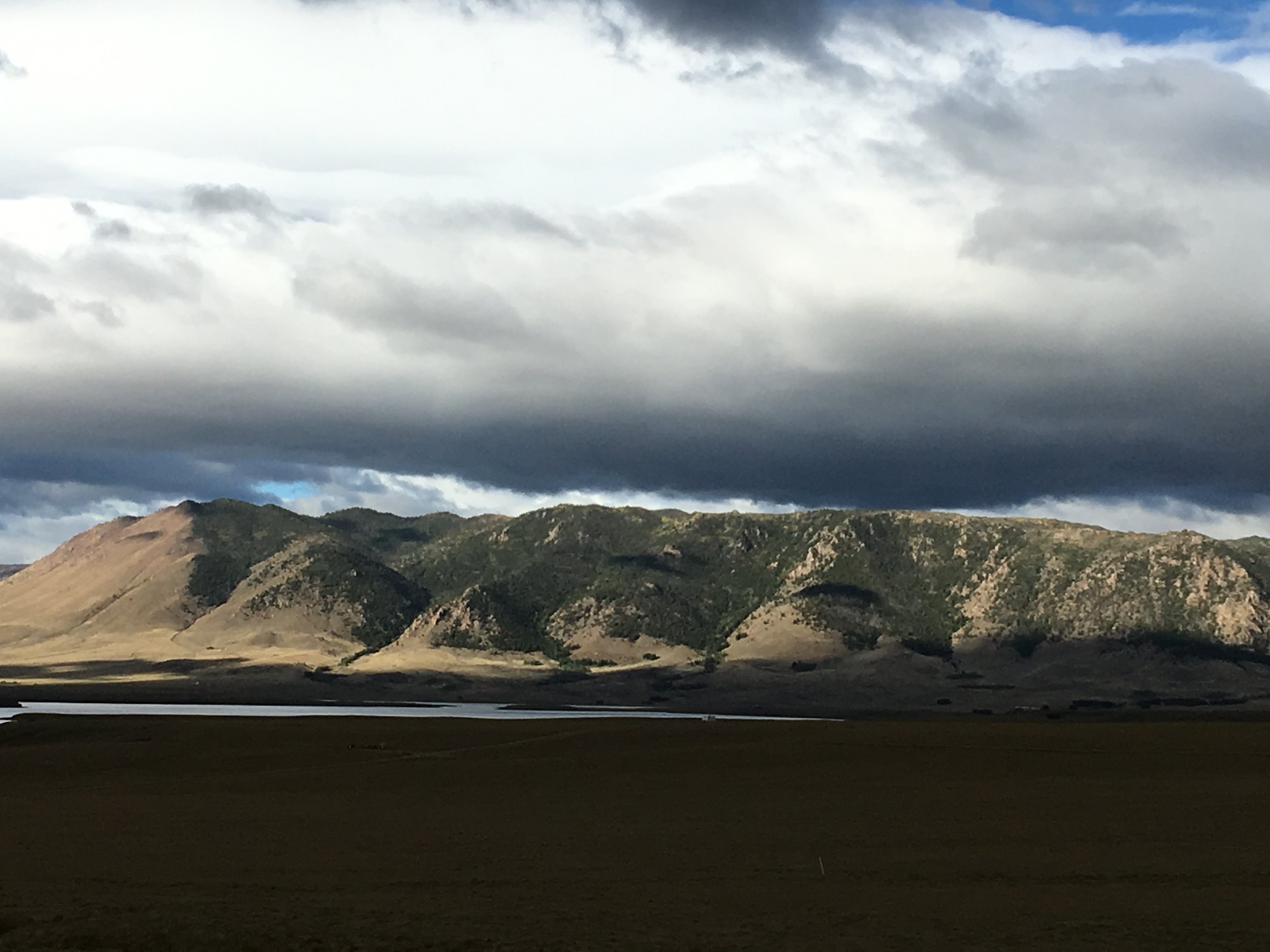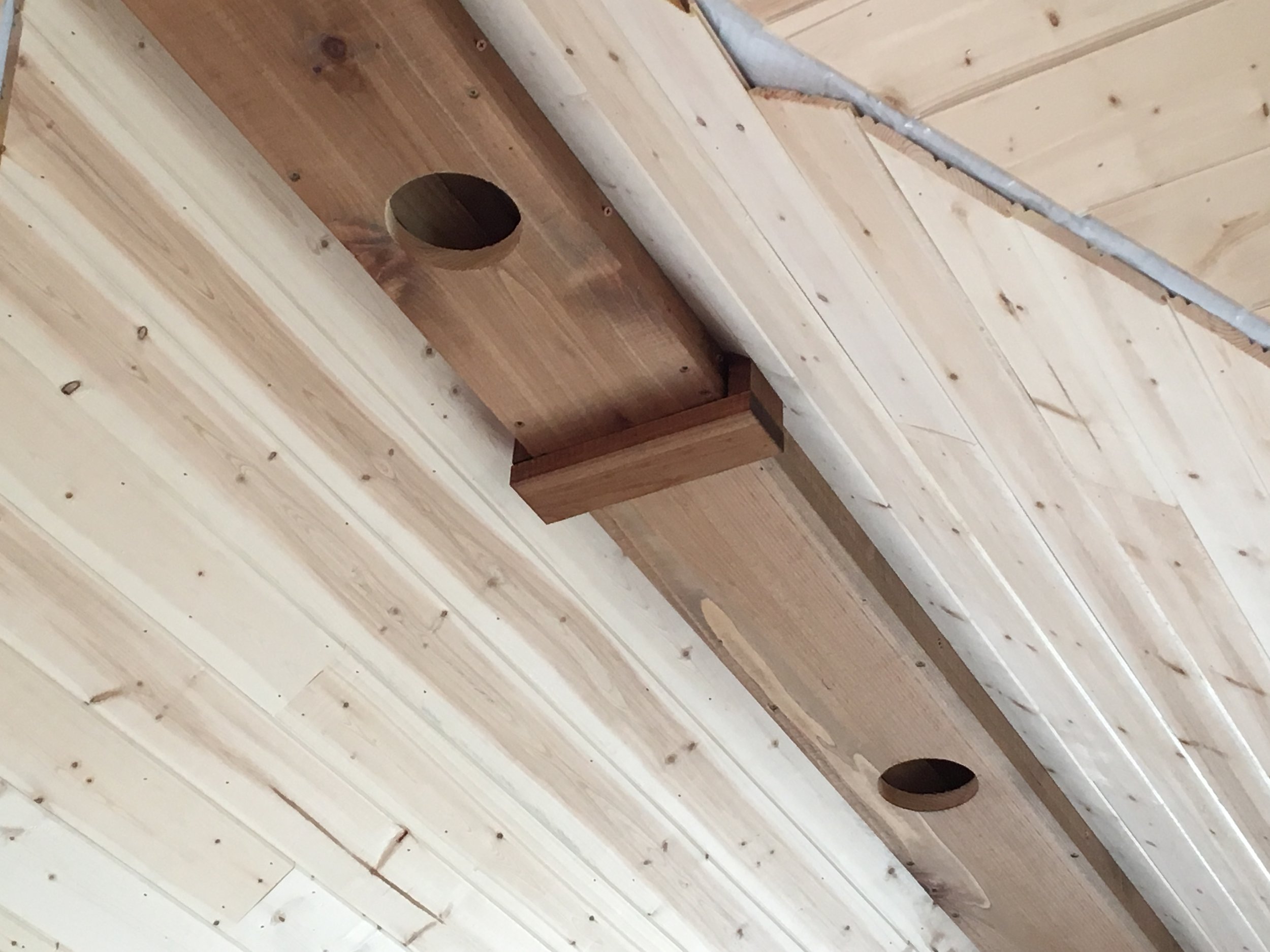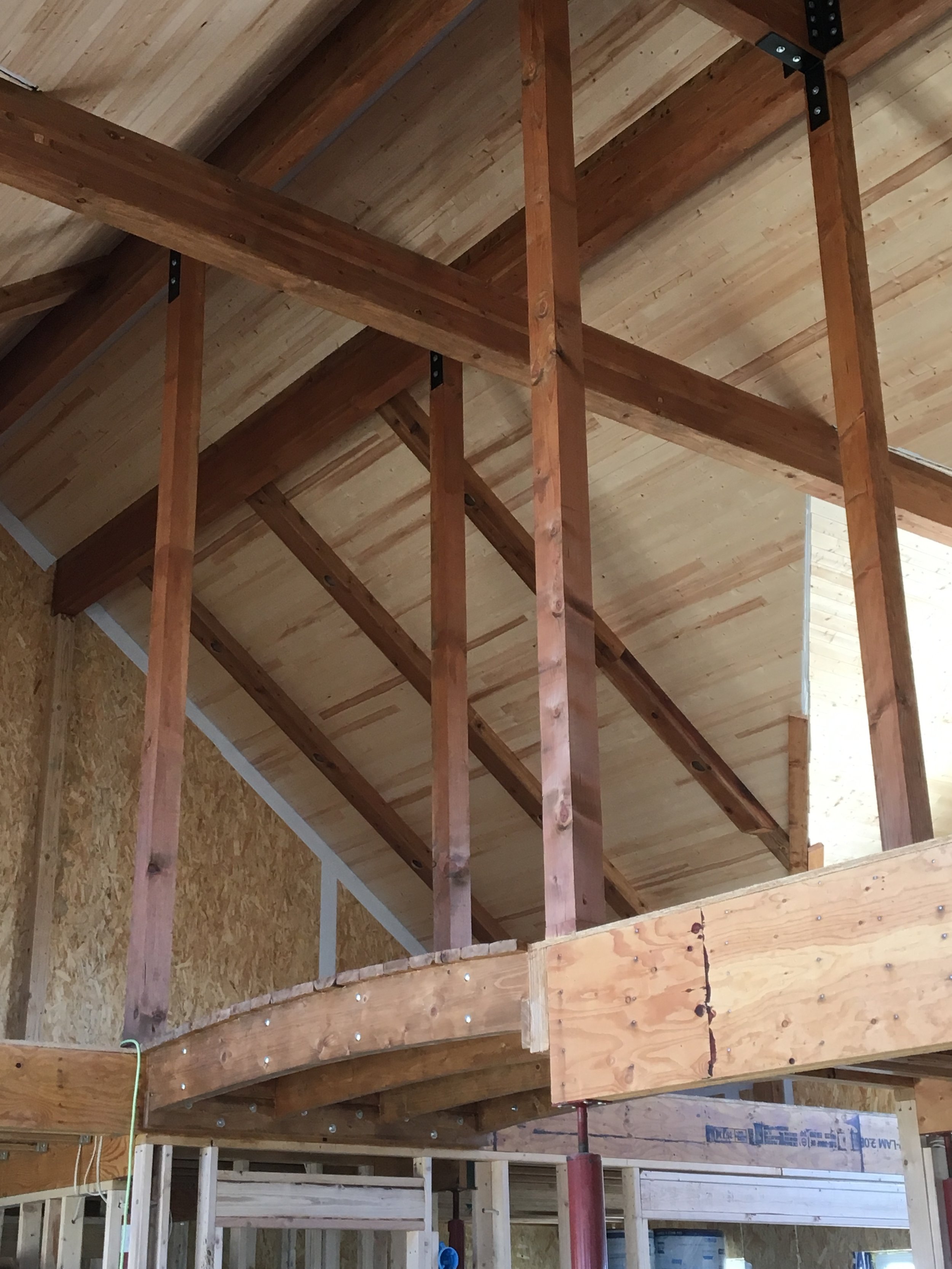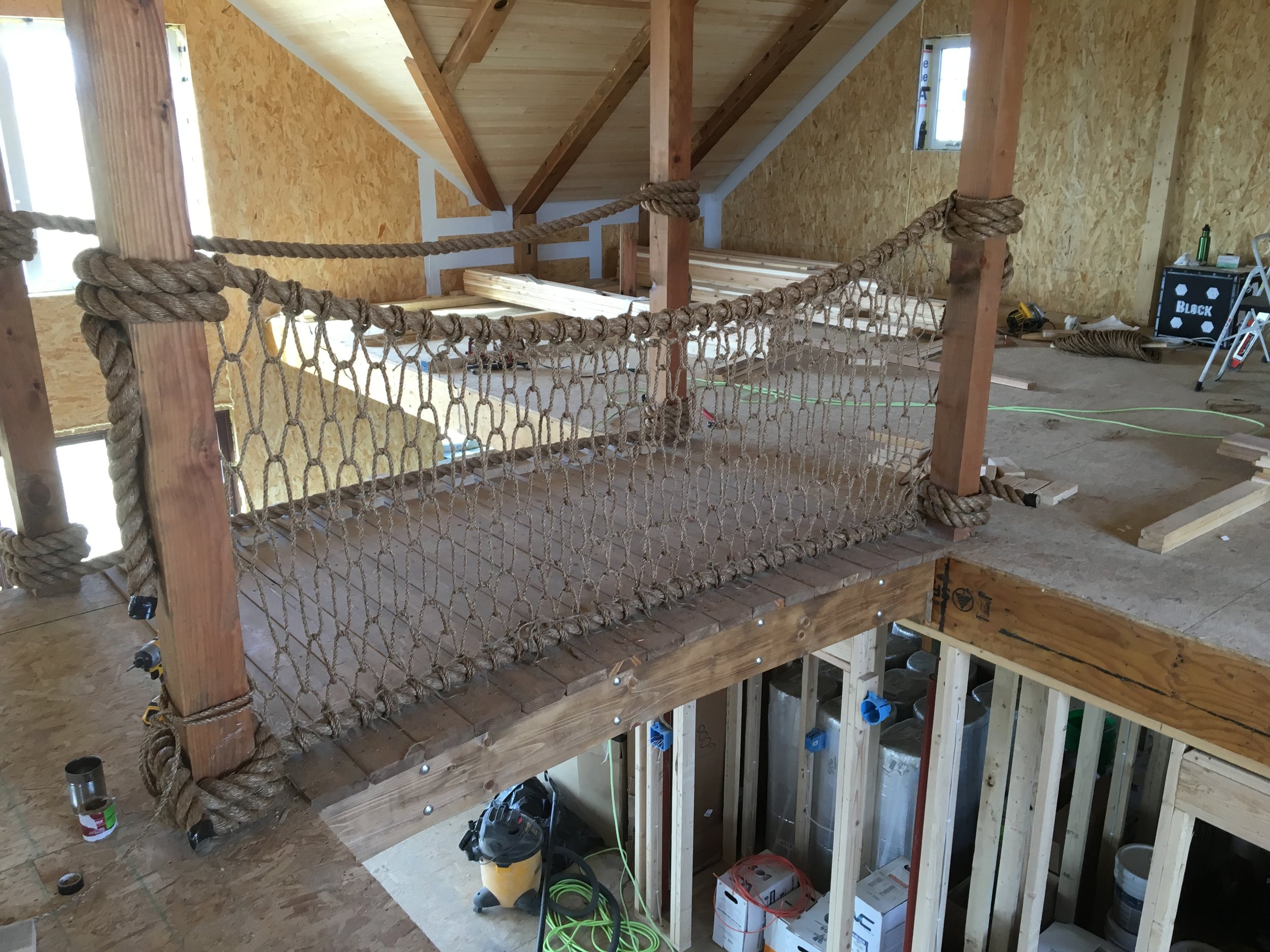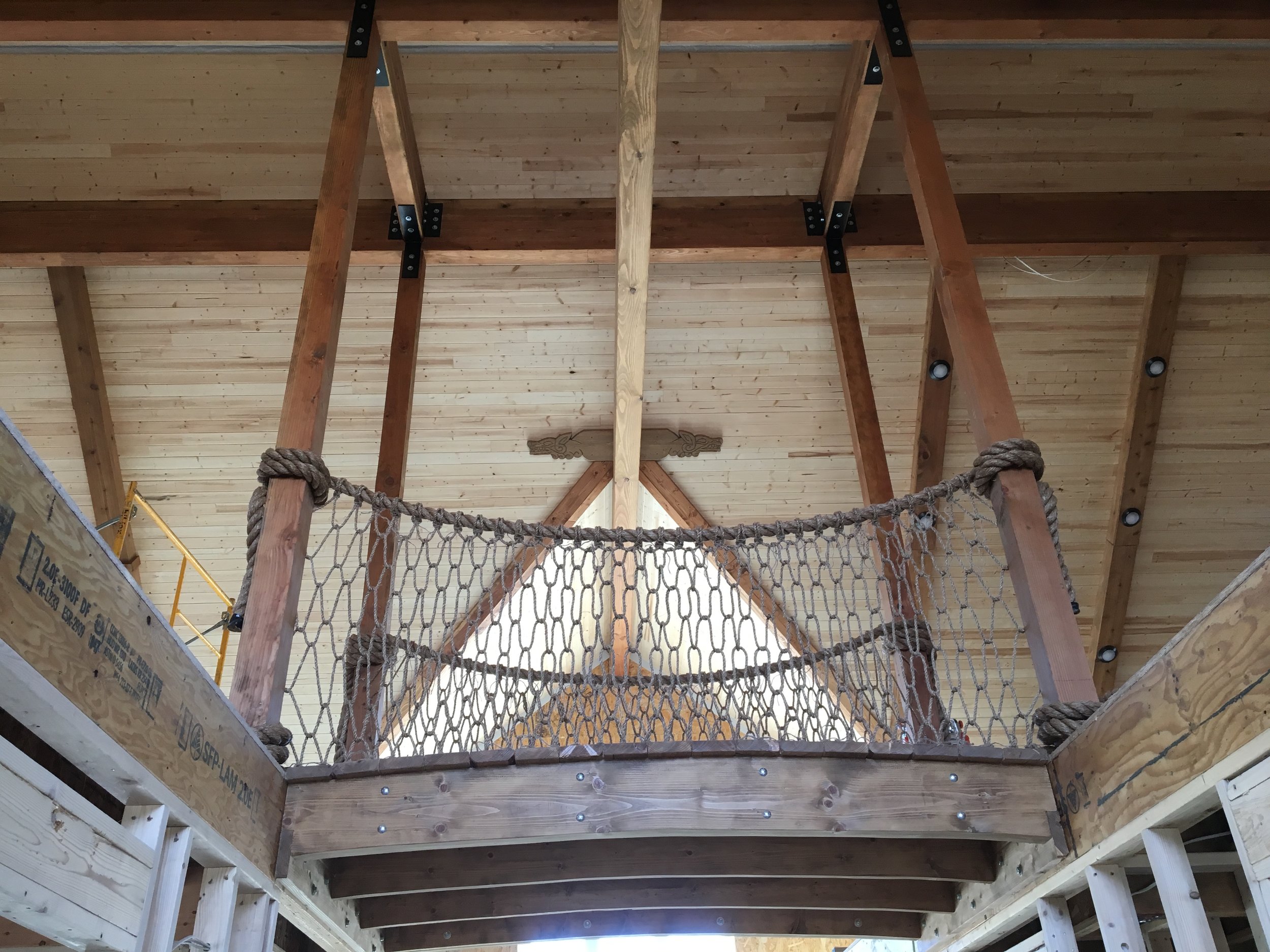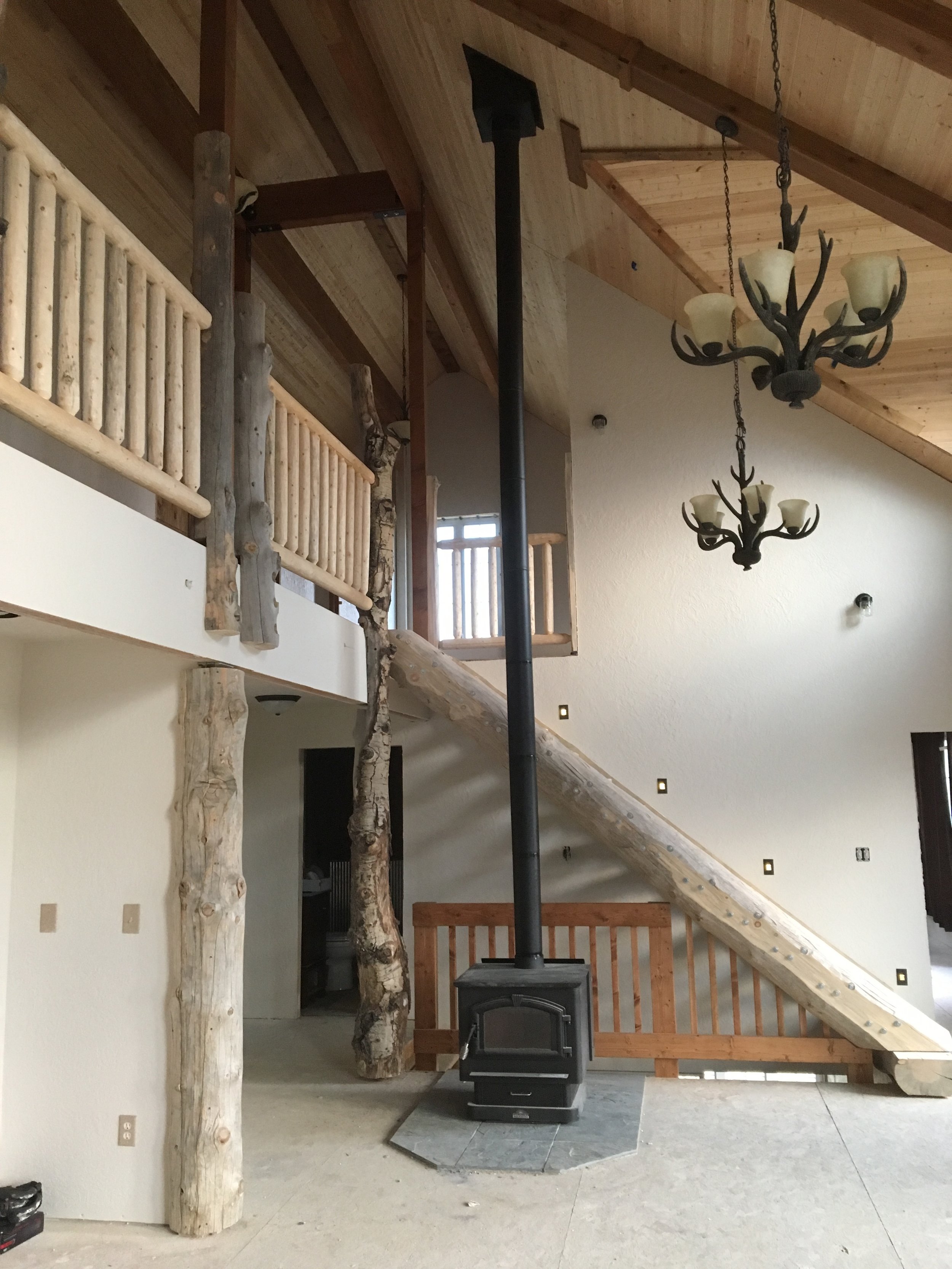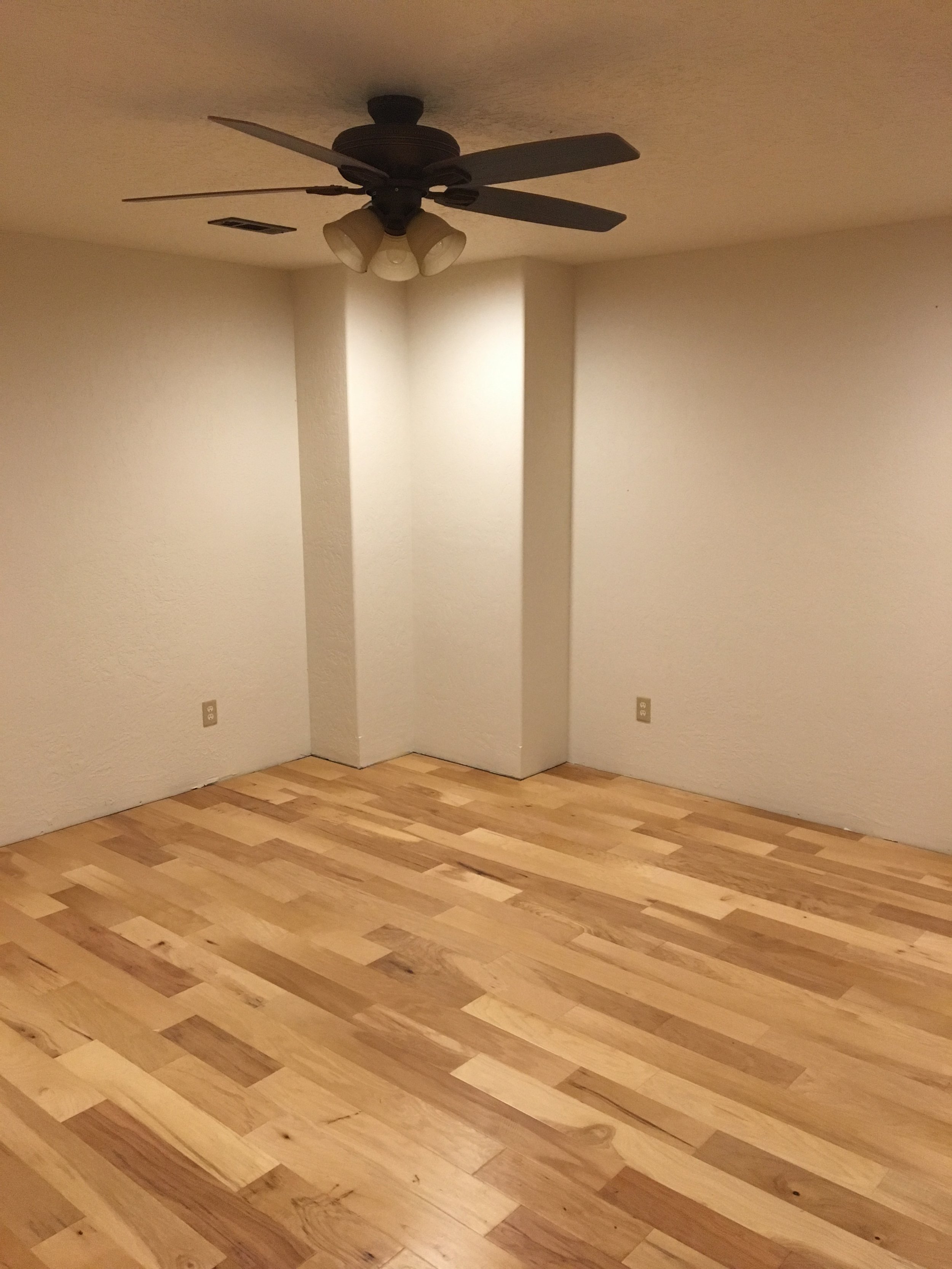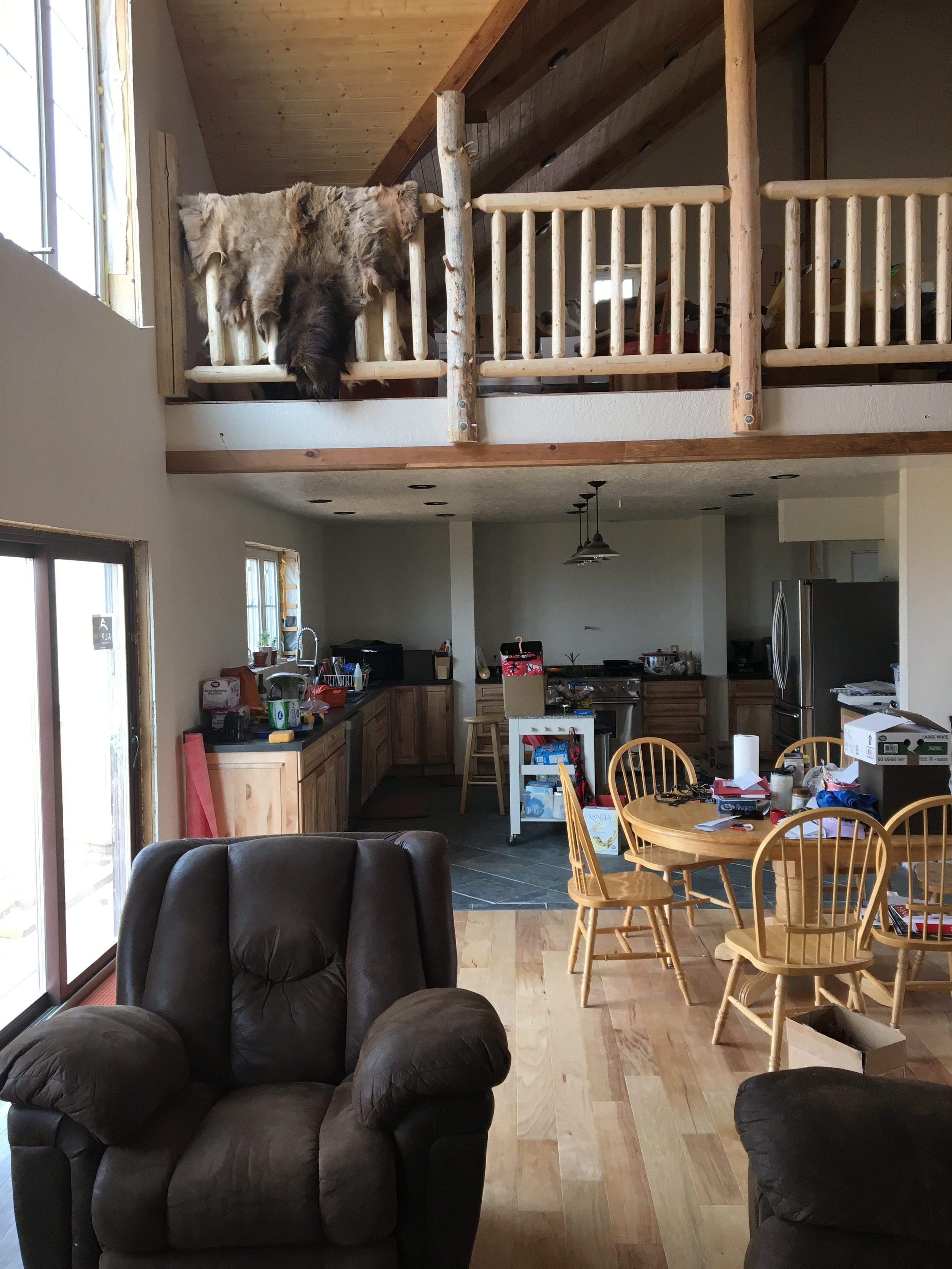Episode 001: Building a Log Staircase
I don’t remember the first time I heard about “beetle-kill,” but it has undoubtedly become a very real part of our lives across the American west. Vast expanses of lodgepole pine in the Rockies have fallen victim to the mountain pine beetle, a tiny bark beetle capable of killing giant trees. Normally, these beetles would play a critical role in forest management, weeding out weak and diseased trees. In recent years, however, the combination of hotter summers, milder winters, and decades of questionable forest management policies has created an epidemic of bark beetle infestation. Enormous stands of dark timber have become cinema-like post-apocalyptic wastelands, void of a single living tree, and often impassable to hikers attempting to cross miles of twisted, fallen trees and branches.
Fire is a natural and essential part of the cycle of many habitats, including the forests of the Rocky Mountains. Though destructive at times, it is cleansing, rejuvenating, nourishing, and life-giving. The unprecedented beetle-kill epidemic and the resulting amount of dry fuel has led to wildfires like we have never seen before. Though the habitat will eventually recover from these fires, it will likely take many decades, even centuries to see true, full recovery. Our nation’s wildland firefighters and other disaster-response resources are over-taxed, and we continue to ask more and more of them every fire season.
Whether it is due to a few severe cold snaps over the last several winters, or the infestation has simply run its course, or the fires themselves have been killing the beetles, or perhaps some other factor that we don’t fully understand, this epidemic does seem to be subsiding. No longer do I hike through the mountains and see entire hillsides covered in the tell-tale rusty orange of newly-killed pine needles. For the most part, I see the remaining healthy stands of dark green timber, skeleton forests of lodgepole pine that have been dead for several years, or barren moonscapes already swept by fire. After several years, though, the slopes of dusty grey ash and blackened stumps spring anew. Grasses, wildflowers, shrubs, and saplings shoot up with intense shades of green almost expressing their enthusiasm for life. Song birds chatter and sing while falcons, hawks, and eagles soar overhead, searching relentlessly for the mice, voles, and rabbits scurrying through the grass around my feet. Elk, deer, and moose wander in and out of the edges of this new meadow. Nature does heal from the fires, or perhaps the fire itself is the healing. Either way, a more natural cycle would involve smaller, more isolated wildfires, not the raging disastrous events which consume hundreds of square miles at a time and are becoming more and more common.
At this point, these events may seem inevitable, and maybe they are. Is certain defeat any reason to give up? “Then we will fight in the shade,” said Dienekes the Spartan. We may not be facing the armies of the Persian empire, but perhaps we could all do a small part to make our stand, and make a difference.
Every piece of dead wood that can be removed from the forest is fuel that will not drive the inferno. We have chosen to do this in several small ways on our homestead. First, our log staircase is built from beetle-kill pine, removed from the forest, milled into treads and stringers, and assembled in our house. Second, the 70 feet of railing around the edge of our loft is also beetle-kill pine. We hired a local business specializing in turning the beetle-kill trees into railings, log furniture, and other rustic log products; they did a beautiful job fabricating the tenon-jointed rail sections, which I then installed in the house. Third (and I should mention with the permission/permitting of the Forest Service), we have gathered trailer loads of dead, dry brush from the forest and created brush piles on our property where habitat for small mammals is lacking. Also, there is essentially no risk of wildfire on our property as it is primarily short prairie grass. Lastly, we incorporated a high-efficiency wood stove into the design of our home. Every summer (again with proper permitting), we venture into the mountains to cut firewood. The wood we cut must either be standing dead or down. One way or another this wood will eventually burn. By cutting it for firewood, we are turning it from a liability into a resource, mitigating wildfires, and at the same time reducing our consumption of fossil fuels.
If you live in a place where it is feasible for you to take some of these same steps, I encourage you to do so. If not, I hope you continue to become more informed about these environmental issues, and choose to purchase beetle-kill wood products whenever you can.

